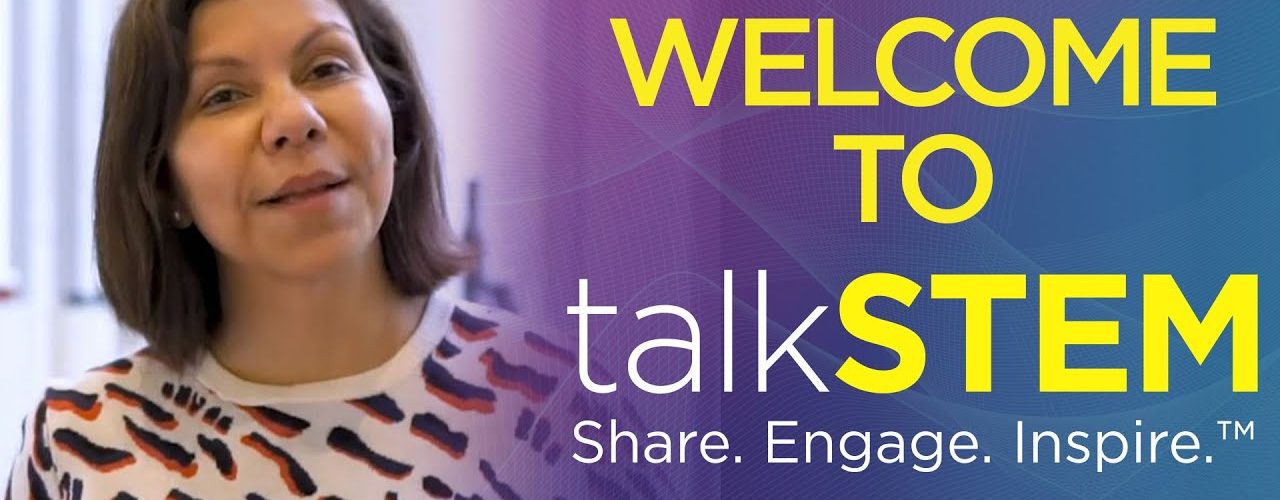

A friend suggested that I explore the STEM embedded in the art of brewing beer. Since it is summertime and talkSTEM is all about real world contexts, here is some fascinating talk about brewing by Ian Larsen, Head Brewer at Nine Band Brewing Co. in Allen, TX.
I have been brewing for over 14 years and got started at a brew pub in the Dallas area. I learned to home brew at the same time I learned on a large scale, which is unusual. After learning for about a year, I went to Houston to a new brew pub the same company opened up. There, I soon took over as the head brewer and brewed the beer their for 13 years.
How the art of Beer making works together with the science/STEM of Beer making:
Brewing beer is filled with sciences from the very beginning to the end. Some of it is beyond my ability to explain as my knowledge into specific sciences is limited.
The art is the use of the sciences to produce what no one else has, that will appeal to peoples senses, and in some ways all of them.
So, in the beginning, grain is malted before it gets to us which involves biology. The grain is hydrated under controlled processes to increase the water content and held there for about 5 days during which time the grain starts to sprout. It is then dried in a kiln. How hot that is and how long the grain stays in the kiln are the two main factors determining the color and flavor the grain will have.
We mix different amounts of malt based on the flavor and color the malt will give the end product. There is math used to determine what the grain will yield based on what percent is used in the total grain bill. We crush the malt and rehydrate it by creating a “mash” of grain and hot water allowing enzymes still in the grain to break down the starches and sugars to more fermentable sugars.
How hot that water is and whether it is a “step mash” where temperature of the mash is altered at predetermined times and temperatures or a “single infusion mash” when a suitable temperature is used and maintained. The temperature of the mash affects the fermentability of the resulting sugars in the wort and other flavors and perceptions, such as left over unfermentable sugars can give more of a mouth feel in the ending beer. We then recirculate the wort thru the grain bed in the vessel to clarify the liquid leaving solids behind. The wort is then boiled to sterilize it and denature the enzymes. While boiling hops are added to give the beer bitterness, aroma, and some flavor. When these are added in the boil yield different results, the longer the hops are in the boiling liquid the more bitterness is extracted from the hops.
There are algebraic formulas used here to determine the bitterness that will be extracted or IBU (international bittering unit), based on the variety of the hop and the alpha acid content and how long it is boiled. Different beers have different ranges according to style of the beer.
After being boiled and cooled the wort is then sent to a fermenter where yeast eats the sugars, producing more yeast and as a byproduct ethanol and carbon dioxide. Different yeasts give off different flavors and characteristics based on the yeast strain. There are laboratories set up that start from just one yeast cell to produce enough pure yeast for brewers to brew with, some do it themselves in laboratories they have built on site.
Finally the beer, yes it is now fermented, gets filtered (not all types are filtered) where more solids left in suspension are removed giving the beer a bright clear look, and then it is bottled or kegged.
There are many scientific aspects to brewing, where as different temperatures affect the biological processes that we control, the math used to make decisions on the ingredients used and how they will affect the outcome.
The art is using the variations associated with different variables to affect the outcome of the liquid. Using different grains and hops affect the flavor. We create art this way. The science is the biological processes that are occurring, and art how we manipulate them to achieve different results.


The system I have has a computer touch screen control for the pneumatic valves used in the brewing process and temperatures of the vessels.
Engineering is used in the production of the vessels and designing them.
There is a steam generator to heat things, and a refrigeration system to cool things.
So as you see beer production involves many different sciences, technologies, engineering and math to make it happen. But in control of all that is me, the brewer, using my judgments and decisions to make adjustments to the variables, to create the liquid that affects your visual senses via its color and appearance, your olfactory senses with different smells, your taste buds as the liquid is consumed, and your touch as it passes over your tongue. Also holding the cool glass/bottle/can in your hand – and your hearing when you open it and pour it.
About Ian:
Ian learned how to brew at a brew-pub, while at the same time learning to home-brew, a very unique situation. He has been brewing for about 14 years now. After learning how to brew, he ran a brew-pub in Houston for 13 years. He enjoys mountain biking, rock climbing, welding steel into art, and trying different beers. He has been working in the food service industry since he was 16.
Brewing Process chart from Smoky Mountain Brewery








2 comments